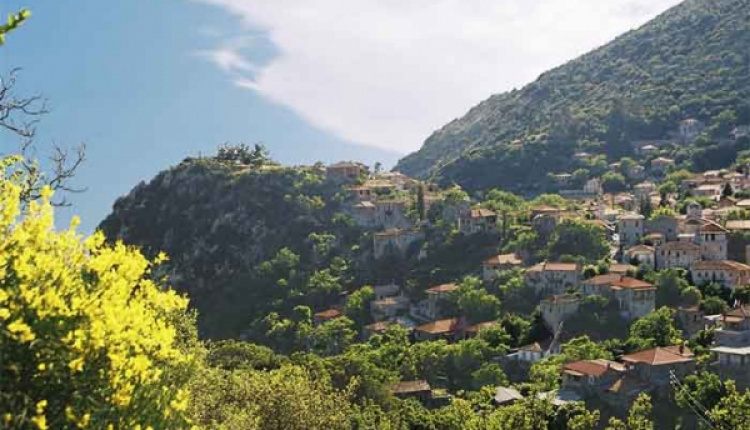For centuries the stone village was one of the Balkans' best-known metalworking centers, and today a minuscule school is still staffed by local artisans.
Above the lively square rises the bell tower of the church of Ayios Giorgios and at the top of a nearby hill is the monument to fighters in the 1821 War of Independence against the Turks. Stemnitsa, in fact, claims to have been the capital of Greece for a few weeks in 1821, when it was the center for rebels who successfully routed the Turks. The views throughout the town are phenomenal, especially at night when the village lies beneath of canopy of bright stars.
Folklore Museum of Stemnitsa
The unusual Folklore Museum of Stemnitsa devotes one floor to models of workshops for indigenous crafts such as candle making and bell casting; the other two floors house re-created traditional rooms and a charmingly haphazard collection of costumes, weapons, icons, and plates.
Contact Information:
Address: Off main road, Stemnitsa, 22024
Phone: 27950/81252
Cost: Free
Hours: Daily 8:30-3
Moni Ayiou Ioannitou
From the north side of town, a well-marked path leads through the mountains to the isolated monastery of Moni Ayiou Ioannitou, with a little chapel, covered in frescoes, that is generally open. From the monastery other paths lead through a beautiful, wooded valley to the banks of the river Lousios. Several other monasteries, closed to visitors, are nestled alongside the riverbank.
Source: Fodors.com




